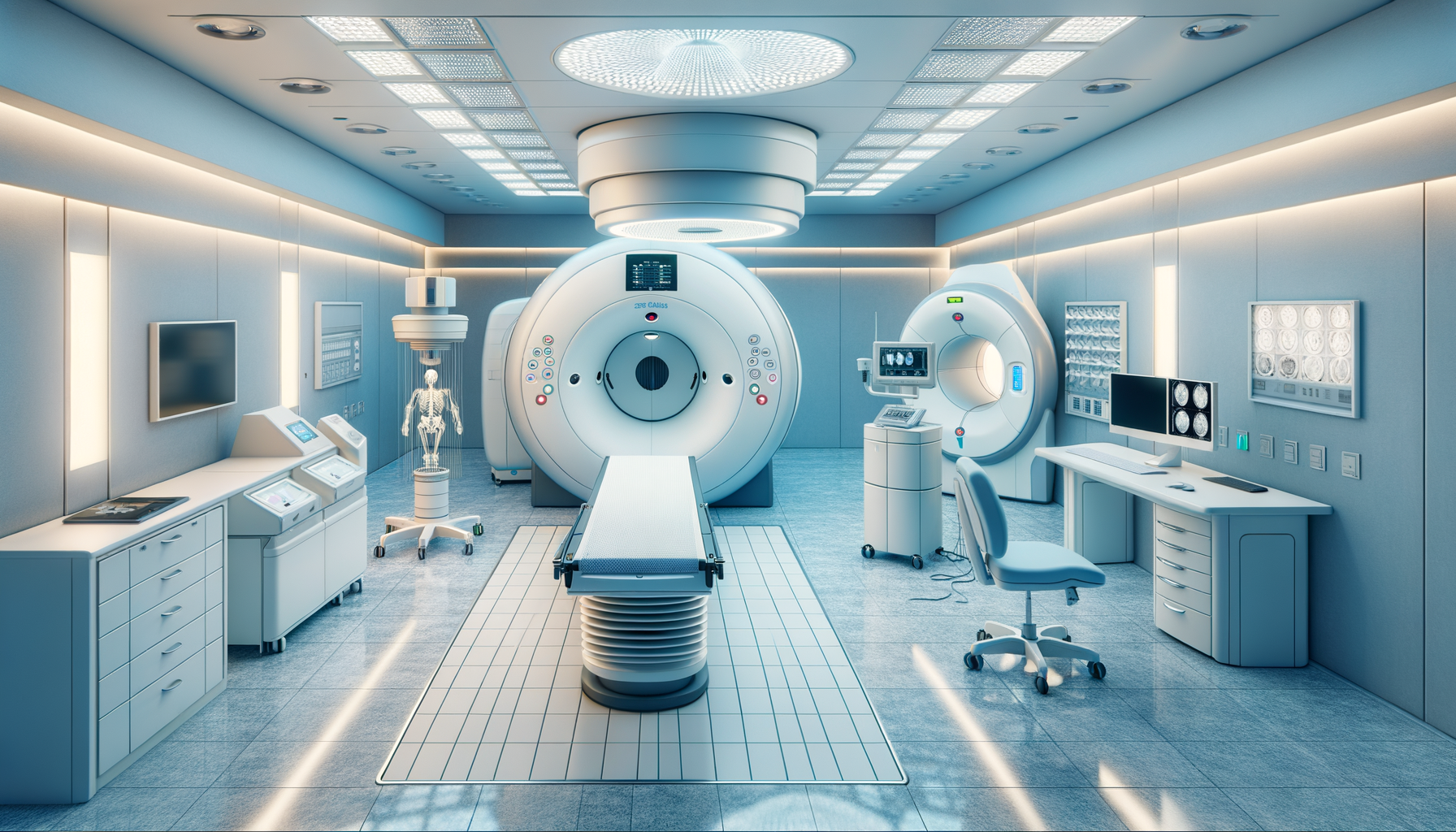Understanding Radiation Therapy: A Comprehensive Guide
Explore the intricacies of radiation therapy, its applications, and its impact on cancer treatment.

Introduction to Radiation Therapy
Radiation therapy is a cornerstone of modern cancer treatment, playing a pivotal role in the management of various types of cancer. This medical approach uses high doses of radiation to destroy cancer cells and shrink tumors, offering a targeted treatment option that can be tailored to the specific needs of each patient. Understanding the nuances of radiation therapy can help patients and their families make informed decisions about their treatment options.
How Radiation Therapy Works
At its core, radiation therapy works by damaging the DNA within cancer cells, which impairs their ability to reproduce and grow. This process is achieved by directing high-energy rays or particles at the cancerous tissue. The therapy is designed to maximize damage to cancer cells while minimizing exposure to surrounding healthy tissues.
There are two main types of radiation therapy: external beam radiation and internal radiation, also known as brachytherapy. External beam radiation uses a machine outside the body to direct radiation towards the cancer, while brachytherapy involves placing a radioactive source inside or near the tumor. The choice between these methods depends on the type and location of the cancer, as well as the patient’s overall health.
The Role of Radiation Therapy in Cancer Treatment
Radiation therapy is a versatile treatment that can be used at different stages of cancer care. It is often employed in conjunction with other treatments such as surgery and chemotherapy. In some cases, it is used as a primary treatment, particularly in cancers that are sensitive to radiation, such as certain types of lymphomas and prostate cancer.
One of the key benefits of radiation therapy is its ability to target specific areas, which allows for precise treatment of tumors while sparing healthy tissue. This precision reduces side effects and improves the quality of life for patients during and after treatment.
Potential Side Effects and Management
While radiation therapy is effective, it can also lead to side effects, which vary depending on the treatment area and dose. Common side effects include skin irritation, fatigue, and localized pain. Long-term effects might include changes in skin texture or color, and in some cases, secondary cancers.
Managing these side effects is an integral part of the treatment process. Healthcare providers work closely with patients to develop strategies to alleviate symptoms, which may include medications, lifestyle adjustments, and supportive therapies such as physical therapy or counseling.
Future Developments in Radiation Therapy
The field of radiation therapy is continually evolving, with ongoing research aimed at improving its effectiveness and reducing side effects. Advances in technology, such as intensity-modulated radiation therapy (IMRT) and proton therapy, offer more precise targeting of tumors, which enhances treatment outcomes.
Researchers are also exploring the combination of radiation therapy with immunotherapy, a treatment that harnesses the body’s immune system to fight cancer. This combination holds promise for enhancing the effectiveness of both therapies and improving survival rates for patients with difficult-to-treat cancers.